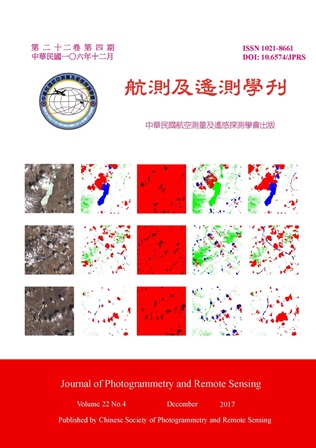There are many pollutants in the air. Particulate Matter (PM) is similar to floating dust. For those with size less than or equal to 2.5μm, they are called PM2.5 (Taiwan EPA, 2015). The concentration of PM2.5 is an important indicator of air condition. By 2014, there are 73 PM2.5 monitoring stations established by the Environmental Protection Administration (EPA) in Taiwan. While the ground stations provide continuous and high precision in-situ observations, satellite borne remote sensing technique could provide a vast area coverage but with limited time epoch information.
Among a number of satellite image sensors, MODIS provides a standard scientific product, MOD04, for AOD (Aerosol Optical Depth, AOD) measurement. With MOD04, PM2.5 concentration could be estimated with correlation and regression to in-situ measurements. This study utilized the 73 EPA ground stations for an incidence occurred on Feb. 14, 2013 in the 6th naphtha cracker of Formosa Plastic Group. The result shows that the correlation index R2 between AOD and PM2.5 is 0.50 among Taiwan. According to the 5 ground in situ PM2.5 data nearby the 6th naphtha cracker, they are all up to 54μm/m3 and have exceeded the EPA standard of 35μm/m3 the air quality standard per 24 hours. While the AOD measurements derived from satellite images offer a way for estimating PM2.5 concentrations, further improvement in the modeling and data processing is required for reducing the uncertainty.
